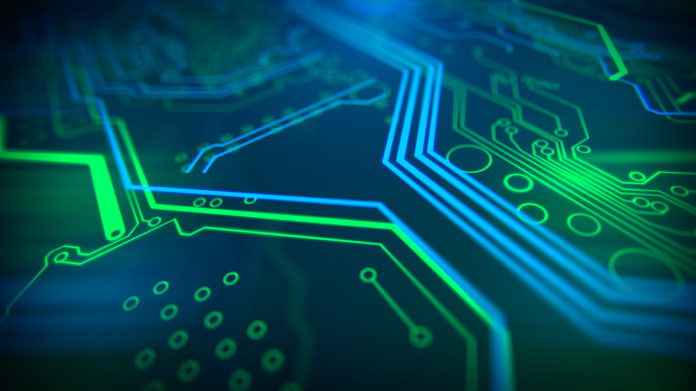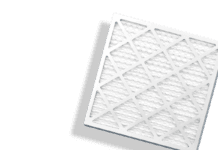What is via?
When designing a multi-layer printed circuit board, via is one of the most essential components. Vias are actually holes drilled on a printed circuit board and aid in establishing a connection between different layers of a multi-layer printed circuit board.
What are the Different Types of via?
Depending upon their functionality there are different types of vias. Out of all; the three most commonly used via are plating through hole, blind hole & buried hole:
- Plating Through Hole (PTH)
This is the most common type of via and is actually a hole dug completely through the multiple layers of a printed circuit board. It is the simplest type of via and is extremely cost effective. However, it takes up more space on your PCB leaving you with a little space for your components.
- Blind Via Hole
A Blind via Hole is difficult to drill as it connects the exterior most circuit with the inner layer present right below it. A person requires being extremely attentive to the depth of the hole when constructing a Blind Via Hole.
- Buried Via Hole
Buried Via Hole, also known as Hidden Via, connects any internal layer of a multi-layer printed circuit board; however, it never touches the outermost layer and is not visible from the exterior. It is usually done by following an approach of bonding post-drilling. These Buried Via Holes are generally used in High-Density Interconnect (HDI) PCBs.
HDI PCBs are the ones which are densely constructed and extremely small components are placed closely together to each other resulting in shorter paths between them. Usage of Buried Via Hole in High-Density Interconnect PCBs increases your component holding capacity.
These buried vias are completely covered and encapsulated by the board itself. Also, talking about High-Density Interconnect PCBs; even micro-vias are preferred. These are vias which have extremely small diameter holes and a conducting material is used on them so as to establish the connection of the pad with the other layer.
What are Tented Vias?
Tented vias are the one in which a solder mask is used to cover the via completely and is generally used to keep the number of exposed conductive pads to a minimum on a printed circuit board, so as to reduce the probable occurrence of shorts when the solder is bridged during the PCB assembly process.
Traditionally liquid photoimageable (LPI) solder masks were used for the tenting process. Tenting usually covered the hole and also happened to enter the whole. However, there was a lack of consistency in using LPI solder masks as most vias had their tent damaged or partly broken plus some vias remained partly unplugged.
Hence, to cover up this limitation of tenting using traditional LPI solder masks, PCB designers require plugging the vias using either conductive or non-conductive materials, according to need, before, actually, tenting with LPI solder mask.
Why are Vias needed in Designing Printed Circuit Boards?
If the circuitry is pretty simple you won’t require using vias. However, as mentioned in the beginning, vias are do required when designing a multi-layered PCB.
- Vias enable to have a decent density of components, in case of a multi-layered PCB.
- Moreover, even density of traces increases as in a multi-layered PCB; traces can be run over and under each other in opposite directions over different layers. Vias enable the different traces present on different layers of a printed circuit board to connect with each other. Vias function as the vertical connection elements.
- If you don’t use vias you will face an extreme amount of difficulty in the routing process as well as in a multi-layered printed circuit board everything ranging from BGAs, connectors to even the components are placed very densely.
- Vias allow the signals and power to travel between layers. If vias are not used then everything requires to be routed on a single plane and the presence of surface mounted components, in a multi-layered printed circuit board, usually make it impossible to do that.
Conclusion
Vias are extremely essential in case of a multi-layered PCB. Without vias, the construction of a reliable and a quality multi-layered PCB is nearly impossible.










